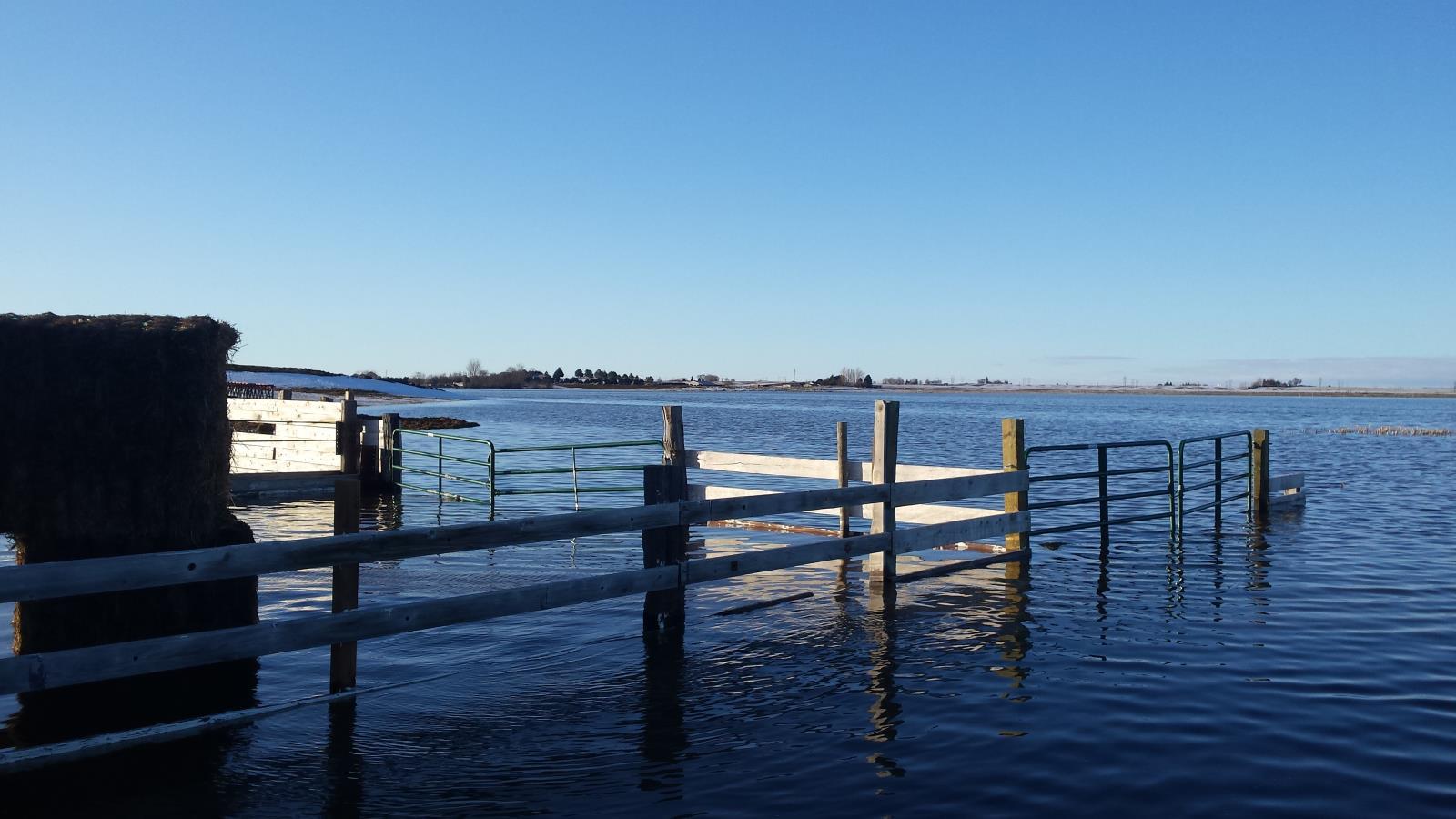Disaster Aid package on way

Washington—The federal disaster aid package will bring badly needed help to farmers still facing uphill battles from the winter’s flooding and spring's wet planting conditions.
Now, US farmers and ranchers will receive much-needed help from the just signed federal disaster aid package. John Newton, American Farm Bureau Federation chief economist, says the aid will help farmers rebuild from one of the worst disaster years on record.
“The package includes more than $3 billion in farm disaster relief, another $1.5 billion in conservation-restoration programs, such as wetland restoration, forest repair, and then another $600 million in relief for Puerto Rico. The farm part of that is really going to help folks that had hurricane damage in the last year, as well as damaged crops and prevent plant,” said Newton.
Crops like corn, wheat, and beans are usually planted in April or May. But it’ll be weeks before the aid package starts to trickle down to U.S. farms that were hit by the tropical surge Hurricane Florence eight months ago, Hurricane Michael last October, or the tornadoes, wildfires or winter floods that followed.
For farmers and ranchers, the delay in aid means they will miss a year of production — and income. So the biggest part of the bill would go to the Department of Agriculture some $3 billion, to help farmers who lost crops or couldn’t plant this past spring. And lawmakers will leave it up to Ag Secretary Sonny Perdue, allowing him to give the money as grants to states and territories, as well as directly to farmers.
Billions of dollars will also be into dozens of other agencies to help farmers, including $558 million for the Emergency Conservation Program that helps farmers and ranchers put in place water conservation methods for droughts. Another $435 million would go to the USDA program that protects watersheds.
Newton says farmers need assistance now more than ever because of the challenging planting season.
“We don’t know yet whether that’s a state or federal disaster declared area, we don’t’ yet have the implementation rules for that, but given the historically slow pace of planting, the anticipation of record prevent planting in corn this year, we anticipate some disaster money there as well,” added Newton.
The aid package will also cover stored grains in areas that flooded this spring. Newton says it’s important to remember the disaster aid package is separate from the trade mitigation package recently announced by the Department of Agriculture.
“We have two assistance packages, one that encourages planting, and then the disaster package, especially on the preventing side, that discourages planting. So, there’s a lot of confusion from farmers and ranchers on what these two programs are going to do. We’re communicating the concerns from our members from across the county on both the trade aid and the disaster package to make sure that these are implemented in a farmer-friendly manner and in a timely manner so that farmers have all the necessary information they need,” said Newton.
Still can't find what you are looking for? Find by topic:
- Achievement Award (YF&R)
- Actions Alerts
- Advocacy
- Ag Ambassadors
- American Farm Bureau
- American Farm Bureau Policy Book
- Archive Photos
- Articles
- Board of Directors
- Calendar - State/District
- Calendar - County
- Capitol Reflections
- Collegiate Chapters
- Committee Application Form
- Commodities
- Convention Annual
- County Presidents & Board Information
- County Resource Page
- Delegate Form
- Discount Programs
- Discussion Meet
- Discussion Meet - High School
- Education Programs
- Events
- Excellence Award (YF&R)
- Expense Voucher
- Flickr
- Gem State Producer
- High School Discussion Meet
- High School Speech Contest
- Hope in Idaho Ag
- House of Delegates Credentials Form
- IFBF Board of Directors
- IFBF Policy Book
- IFBF Staff
- Insurance
- Legislative Action Program
- Legislative Issues
- Library
- MAC Trailer
- Magazines
- Map My Benefits
- Member Benefits
- Member Discount
- Membership Application
- Mission Statement
- Moving Agriculture to the Classroom
- Newsletter Sign up
- News Releases
- News Room
- Open Range Law
